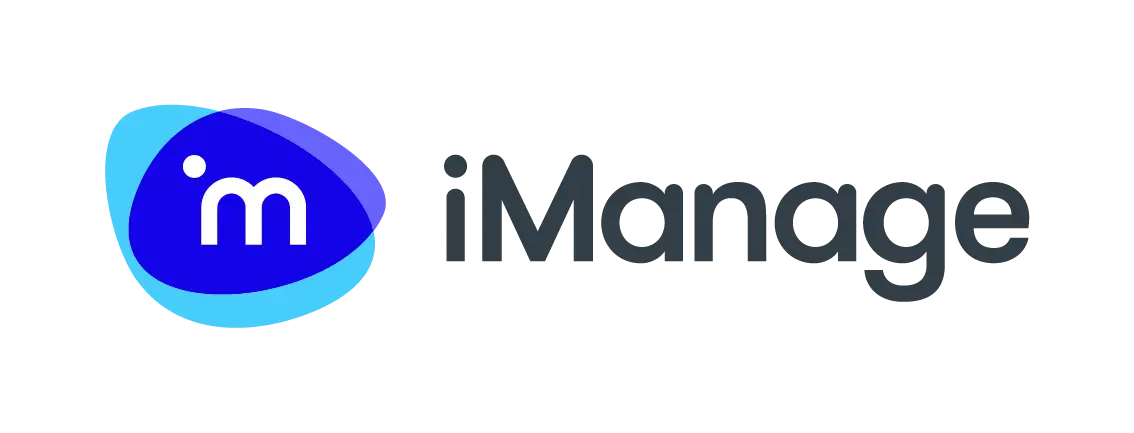Looking to solve business-critical issues? Try problem framing.
How do you ensure you’re solving your most business-critical problems? Learn how problem framing helps target the right issue — and find successful solutions.
Legal professionals are increasingly helping drive business value, generate revenue, and solve business-critical problems in their organizations.
But you can only come up with the most valuable solutions if you’re solving the right problems to begin with — and approaching them in the best possible way. Jumping straight into solutions before you’ve identified the root cause of a problem can lead you to focus on the wrong thing and waste valuable time and resources along the way.
So how do you successfully drill into a problem and give yourself the highest chance of solving it, while also bringing your business a step closer to achieving its core objectives?
In this article, we explore problem framing — discussing what it is, why it’s so important, and sharing a few techniques to help put you in the best position to find successful solutions.
Problem framing is not problem solving
Problem framing is a process of discovery. And, if done correctly, it will help you do three key things: understand and define a problem, challenge preconceived assumptions, and consider a different perspective.
It is not problem solving, rather a vital first step of the problem-solving process that helps you identify the best solution.
By correctly identifying a problem and drilling down into its root cause, you’ll be able to ascertain its significance in relation to your business goals — and, therefore, if it’s worth solving from a business perspective.
A crucial first step to finding a successful solution
The most business-critical problem to solve isn’t always the most obvious. So, by establishing a firm understanding of each problem you’re facing, you can find the most important issue to focus on at any given moment. And you can assign the right people to work on delivering a successful solution.
Problem framing also helps to align your team — and the wider business — around the problem that needs to be solved. Different people have different perspectives depending on their background. And those perspectives can be invaluable for finding a solution you may not have been able to come up with alone.
But everyone needs to start from the same level of understanding to channel those perspectives collaboratively. Problem framing gets everyone to the same starting line. It’s a process you can use to set a clear objective and outline the key benefits the right solution will deliver.
Focus your attention on solving problems related to your business goals
While it’s tempting to try and find a solution to every problem you encounter, that’s not always the best use of your time and effort.
By keeping your business objectives in mind you’ll be able to focus on the most critical issues. For example, prioritizing problems that are restricting revenue and growth.
By understanding the business value that solving particular problems can deliver, you’ll also put your team in the best position to achieve buy in from management and stakeholders. And they’ll be quicker to get on board with any new technology or processes that will provide an impactful solution.
Use a problem statement to clearly frame your problems
Problem statements are a great way to make sure you’re covering every aspect of a problem before you start thinking about solving it.
A successful problem statement will:
- Describe the problem
- Identify whom the problem affects
- Outline the impact of the problem
- Identify the benefits a successful solution will deliver
Good problem statements are clear and actionable. They show you who has the problem, what it’s about, when it’s happening, and why it’s important to solve. They are an excellent way to get everyone on the same page and focused on the right aspects of the problem as they brainstorm solutions. And that ultimately leads to successful and appropriate results.
Three techniques for problem framing
There are a number of ways to approach problem framing, and it’s important you find the one that works best for you. These are three examples of methods you can try.
First principles thinking: For this technique, break the problem into its most foundational components and examine them from the ground up. First principles thinking is a great way to refocus your attention away from trying to come up with a solution too early. Instead, you can ensure you fully understand the problem, first.
Five whys: This is another great method to help you to find the root of a problem. Ask yourself why the issue occurs, then when you have established a reason, ask yourself what’s causing that driver. Keep repeating this process until you find the true root of the problem. That’s the thing you need to focus on solving.
Diverge and converge brainstorming: When you have access to multiple people with different perspectives, get them to each define the problem in their own way. Once you have a collection of different viewpoints, bring everyone back together to align on the best possible definition of the problem that covers the most angles. That way the solution you come up with will be right for the largest number of people.
Are you ready to learn more?
At iManage, we’ve seen how powerful it can be when teams start with the right questions — not just the fastest answers. Framing problems well doesn’t just lead to better solutions. It helps align people, processes, and priorities around what matters most. If your team is facing business-critical decisions, starting with problem framing can make all the difference.
If you’ve identified a problem in your organization that could benefit from a technological solution, get in touch with us to explore how iManage can help.

